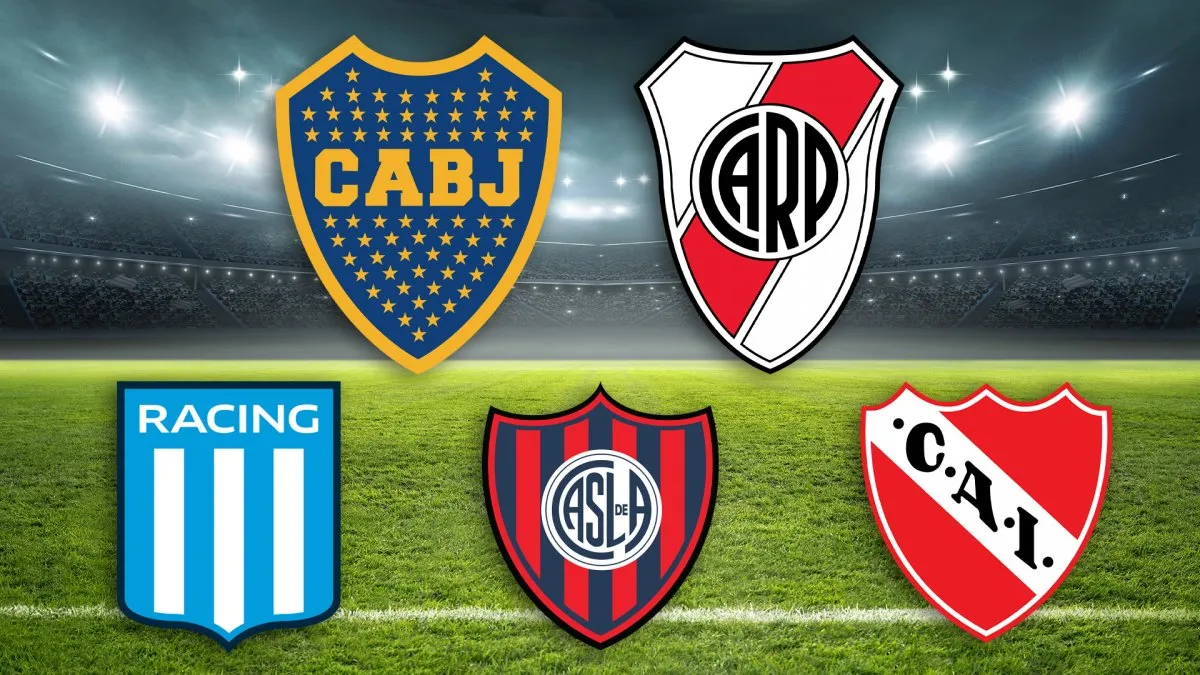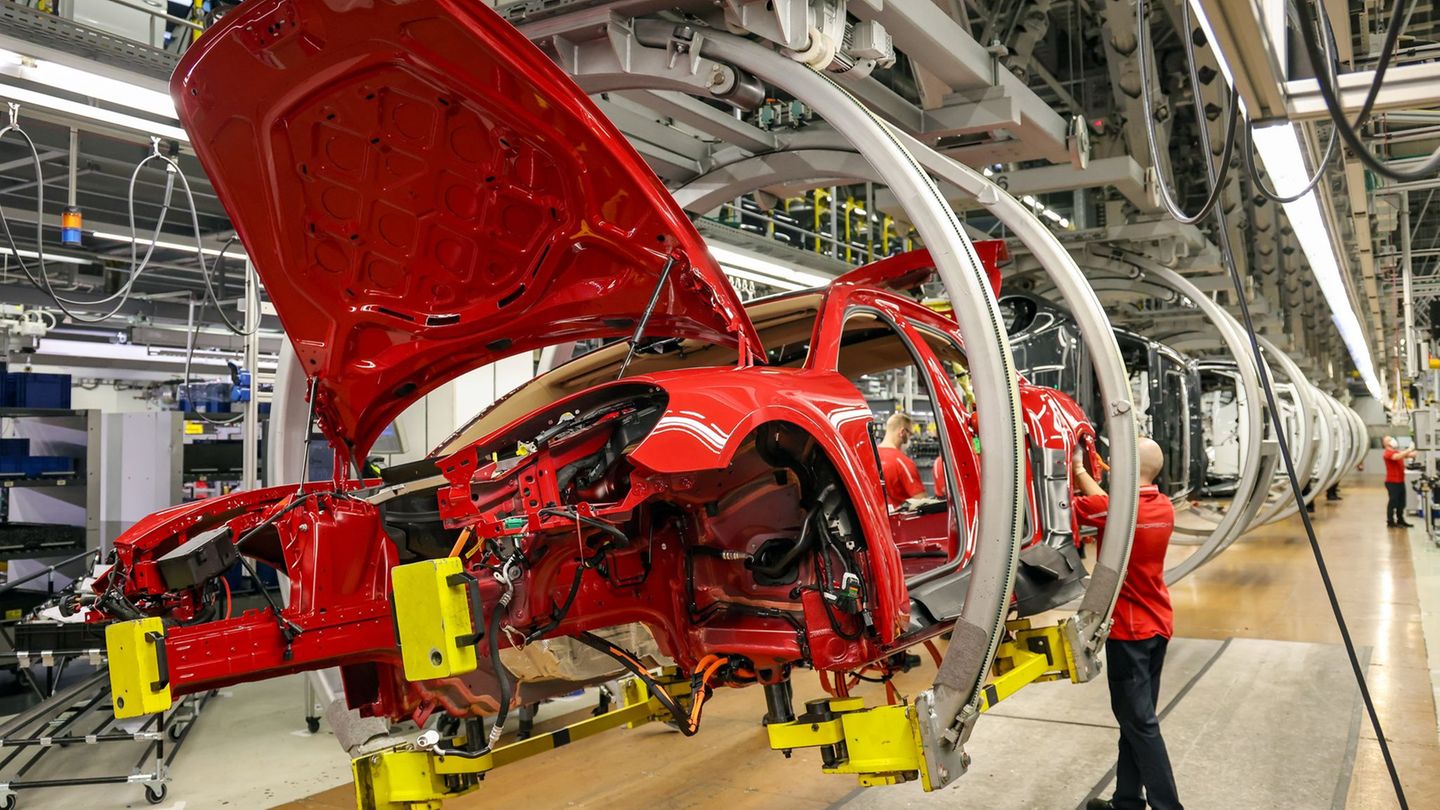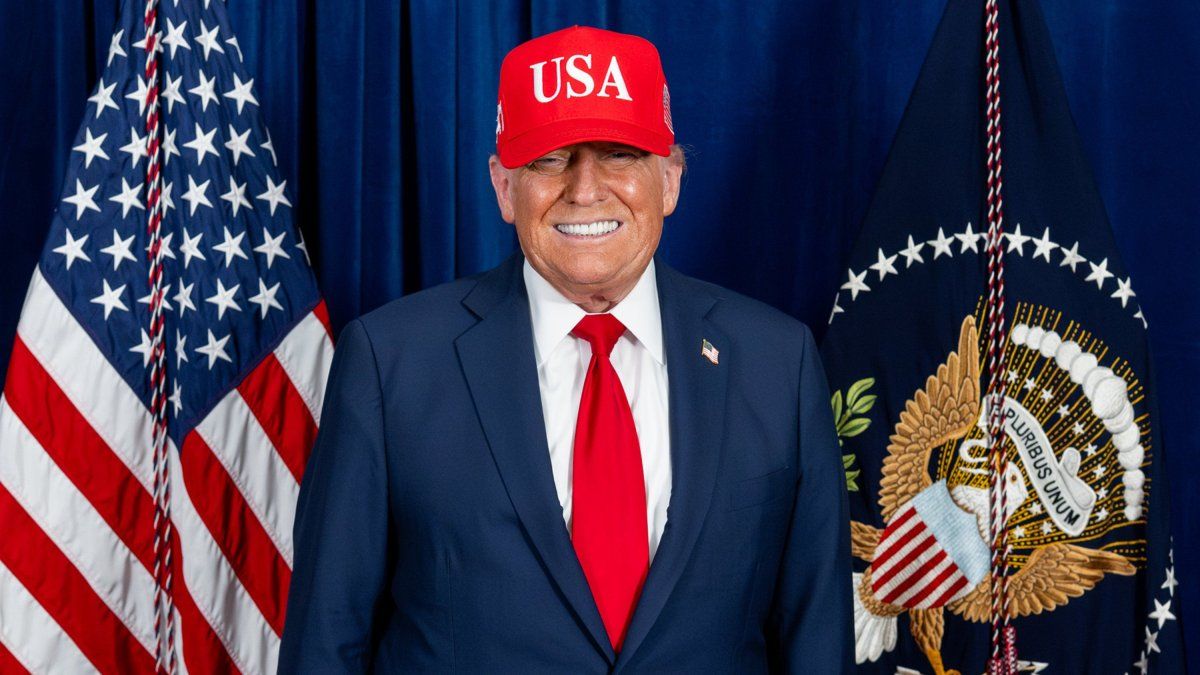In 1937, the AFA set specific conditions to define which clubs They were considered part of the Argentine football elitea criterion that changed the sport map forever in the country. That decision marked the beginning of a group that until today maintains a place of privilege in history.
With that rule, the calls were born Five bigteams that since then accumulated titles, popular drag and political weight in the decisions of Argentine football. The category remained in force even after the rule stopped being formally applied.
Five great 2
Argentine football enjoys large institutions called the “five greats.”
AFA conditions to be considered “great”
On August 4, 1937, the Argentine Football Association implemented a proportional vote system in its assemblies. To access three votes instead of one, the clubs had to meet three requirements: have more than 15,000 partnersat least 20 uninterrupted years in the First Division and two official titles conquered.
Only Boca Juniors, River Plate, Independiente, Racing Club and San Lorenzo They met those conditions. This formal recognition placed them in a privilege position against the rest of the institutions, giving them greater political power and visibility in the structure of the AFA.
Although the system was repealed in 1955, The brand was already made. The five clubs since then consolidated a sports and cultural supremacy that kept them as protagonists of each era, reinforcing the idea of greatness beyond the votes.
What is the sixth great of Argentine football
The discussion about the sixth great of Argentine football has been reached for decades and never reached an official consensus, but several clubs hold arguments to occupy that place.
Vélez Sarsfield He is one of the most mentioned for his outstanding campaign since the 90s. He won local and international titles, including The Copa Libertadores and the 1994 Intercontinental Cupin addition to consolidating one of the most ordered institutions in the country in sports and economic.
Silver students He also won a strong place in the debate thanks to his international achievements: Four consecutive liberating glasses between 1968 and 1970, another in 2009 and an intercontinental cup in 1968. His combative style and his ability to compete internationally as a prestigious club.
Inside the country, Rosario Central appears as a candidate with his large fans and national titles, adding The Argentine Cup 2018 To your history. His classic with Newell’s Old Boys It is one of the most passionate. Precisely leprosy also has a place in the discussion, with six first division titles and a strong tradition in the formation of players who then shone in Europe and in the selection.
Hurricanealthough with less recent titles, it has a historical support: It was the only club outside the five greats that between 1942 and 1955 managed to access the privileged vote in AFA. This background places it as a unique case in the debate, added to its popular roots in Buenos Aires.
In short, the title of large sixth It is still open and does not seem that you can reach some final conclusion. Some prioritize the amount of titles, others popular roots or institutional history. The truth is that no club has managed to consolidate officially in that place, which keeps alive the discussion in each generation of fans and in the heart of Argentine football.
Source: Ambito
I am Pierce Boyd, a driven and ambitious professional working in the news industry. I have been writing for 24 Hours Worlds for over five years, specializing in sports section coverage. During my tenure at the publication, I have built an impressive portfolio of articles that has earned me a reputation as an experienced journalist and content creator.




